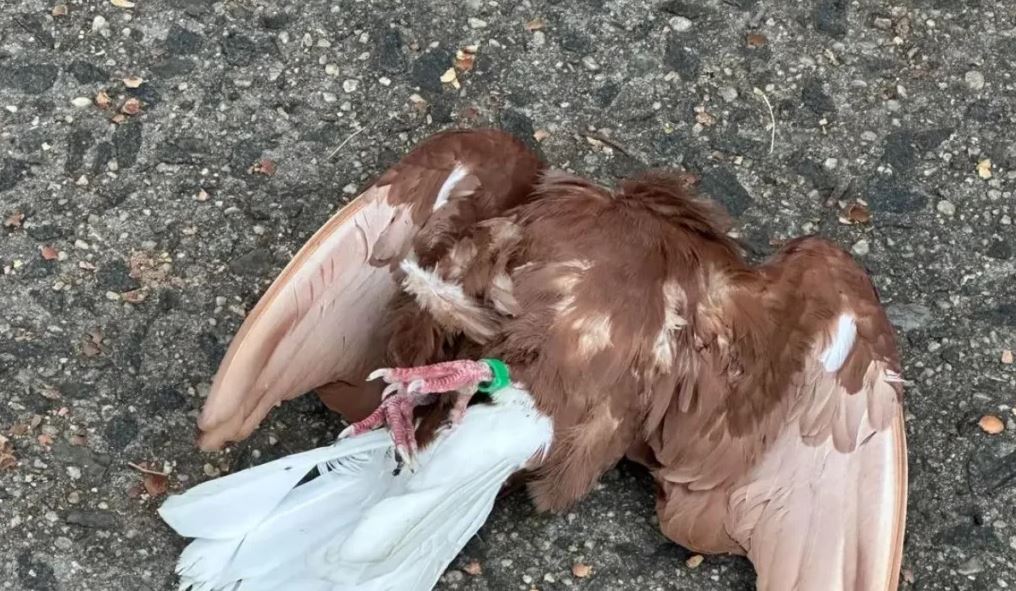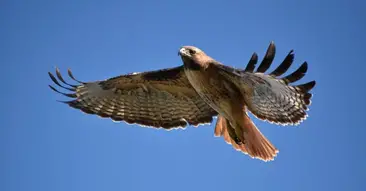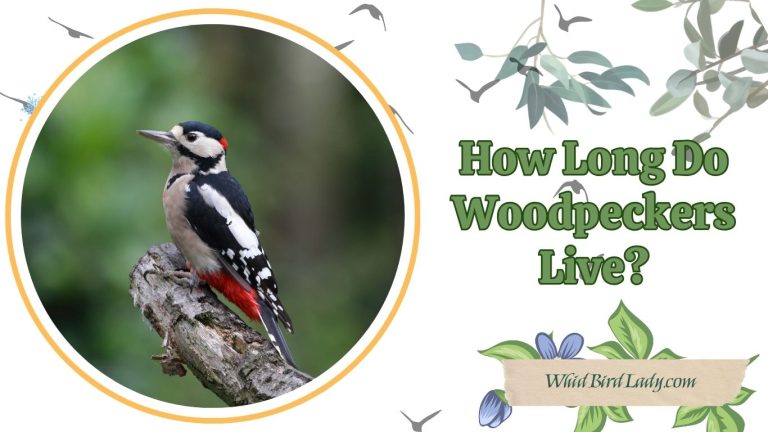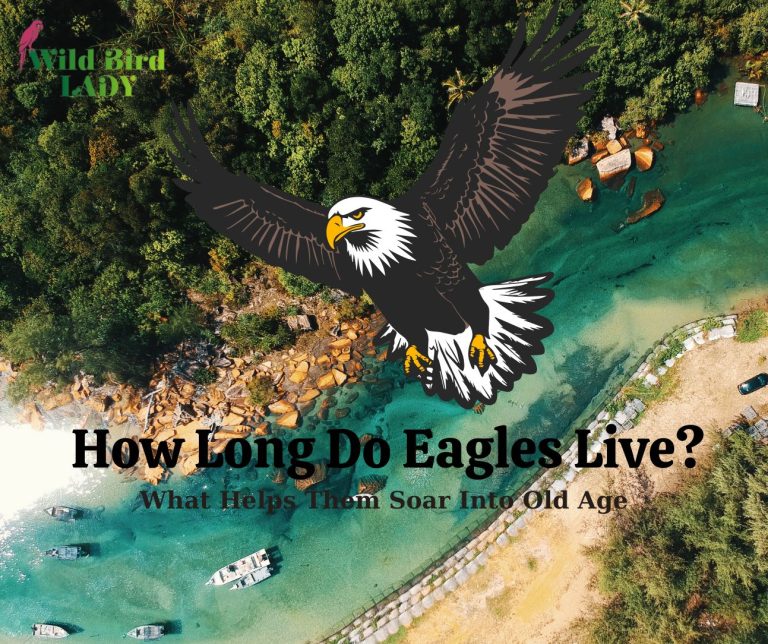Found a Headless Bird in Your Yard? Possible Causes Explained
As a lifelong birdwatcher, I’ve seen many beautiful and sometimes brutal sides of nature. But nothing unsettles homeowners quite like walking into their backyard and finding a dead bird—with its head missing. It’s a jarring, almost surreal sight, and the first reaction is often a mix of sadness, confusion, and concern.
You may ask:
- Did something kill it?
- Was it a predator?
- Could it be a disease—or even something unnatural?
Rest assured, you’re not alone in asking these questions. In this article, we’ll explore the most likely causes of finding a headless bird in your yard, based on scientific evidence, predator behavior, and firsthand observations from the field.
1. Predation: The Most Common Explanation
The vast majority of headless bird cases can be attributed to natural predators. In fact, head removal is a surprisingly common hunting behavior in many bird and mammal species.
✅ Common predators known for decapitating birds:
| Predator | Typical Behavior |
|---|---|
| Cats | Often kill birds by breaking the neck or decapitating. May not eat the entire body. |
| Raccoons | Known to raid nests and sometimes remove the heads of birds, especially nestlings. |
| Hawks & Owls | Raptors sometimes decapitate smaller birds before consuming them or feeding to young. |
| Weasels & Minks | Fast-moving, agile predators that often kill with a quick bite to the neck or head. |
These predators often remove the head either:
- To access the nutrient-rich brain tissue,
- As a result of how they kill (e.g., neck bite), or
- Due to instinctive prey-handling behavior.
According to the Cornell Lab of Ornithology, “Many avian predators, especially raptors, remove the heads of smaller birds to eat the brain first, as it’s one of the most calorie-dense parts.”
So if you’ve found a bird without a head, predation is by far the most probable cause.
2. Free-Roaming Domestic Cats: A Leading Killer of Birds
Though we love our pets, domestic cats are responsible for billions of bird deaths globally. According to a study published in Nature Communications (Loss et al., 2013), cats kill 2.4 billion birds per year in the U.S. alone.
Many cats:
- Kill birds by biting the neck or head
- Leave the body uneaten
- Bring the bird back as a “gift” to their owners
If you or a neighbor owns an outdoor cat, it’s worth considering them as the likely cause. Cats often display “surplus killing” behavior—killing more than they need to eat, especially during breeding season when young birds are abundant and vulnerable.
“It’s not malice,” I often remind concerned bird lovers. “It’s instinct. But it can be devastating for local bird populations.”
3. Owls and Raptors: Silent, Efficient, and Brutal
As a birdwatcher, I hold owls in the highest regard for their grace and hunting prowess. But they are also known for a grisly habit: decapitating prey—especially songbirds, small mammals, or even other birds of prey.
Great horned owls and barred owls are particularly known for this behavior. They often:
- Remove the head before feeding to their chicks
- Discard the body if it’s too heavy or inaccessible
- Strike silently at night while prey sleeps
If your neighborhood borders woods or fields and you hear owl calls at night, it’s possible an owl is responsible—especially if the rest of the bird is left intact or nearby.
“Owls kill quickly and efficiently,” notes Dr. Scott Weidensaul, author of Peterson Reference Guide to Owls. “Head removal is just one of many prey-handling behaviors observed in the wild.”
4. Magpies, Jays, and Corvids: Intelligent but Opportunistic
Crows, jays, and magpies—collectively known as corvids—are highly intelligent birds. They have been known to:
- Attack nestlings or weakened adult birds
- Remove heads to consume brain tissue
- Scavenge previously dead birds and decapitate them
If the bird you found is small, young, or showed signs of illness or injury, it’s possible a corvid was involved—either in the death or post-mortem.
5. Territorial Fights Between Birds
Occasionally, aggressive territorial disputes can lead to fatal injuries. This is more common among:
- Male robins
- Mockingbirds
- Jays and grackles
- Certain waterfowl
These fights are usually not fatal, but in rare cases, severe pecking to the head can cause decapitation—especially in smaller or fledgling birds.
More often, though, these deaths are followed by scavenger activity, which finishes the job.
6. Nest Raiding: Eggs, Chicks, and Headless Carnage
During nesting season, predators like raccoons, opossums, snakes, and squirrels frequently raid nests. If you find a headless bird near shrubs or hedges, it’s possible:
- A fledgling was attacked while leaving the nest
- A predator pulled a chick from the nest and only ate the head
- The parent bird was killed while defending the nest
Nests built in low bushes, eaves, or open vents are especially vulnerable to such raids.
7. Rodents and Scavengers: After-the-Fact Head Removal
Sometimes, the bird may have died from other causes (window collision, disease, old age), and a scavenger came by later and removed the head.
Scavengers such as:
- Rats
- Squirrels
- Possums
- Crows
may decapitate carcasses to access soft tissues—especially the eyes and brain. This is particularly common in urban areas, where dead birds may not be immediately removed and attract night scavengers.
8. Human Interference or Malicious Acts
Though rare and deeply troubling, intentional harm by humans cannot be ruled out—especially in cases of repeated bird deaths, mutilations, or other suspicious patterns.
If you suspect malicious behavior:
- Take photographs
- Document dates and locations
- Contact local wildlife authorities or animal control
Thankfully, most headless bird incidents have natural explanations. But vigilance is necessary, especially in areas with known issues of wildlife harassment.
9. Disease or Natural Death Followed by Scavenging
In some rare cases, birds may die naturally—due to disease, trauma, or exhaustion—and then scavengers remove the head afterward.
Signs that support this possibility:
- No visible signs of struggle or blood
- Advanced decomposition
- Bird was thin or had feather loss
In these cases, scavengers may arrive hours or days after death, especially in hot or dry climates where decomposition is fast.
Final Thoughts: Respecting the Full Circle of Nature
Finding a headless bird in your yard is disturbing—but more often than not, it’s a sign of natural predation or scavenging behavior, not a cause for alarm.
Nature isn’t always neat or gentle. It is beautiful, yes—but also raw, efficient, and sometimes shocking. As bird lovers, we must try to understand both the wonder and the reality of life in the wild.
And if nothing else, such discoveries remind us how precious life is—and how intricately connected every creature truly is.
Read Also: Why Can Birds Stand on Power Lines? The Science Behind a Common Mystery







